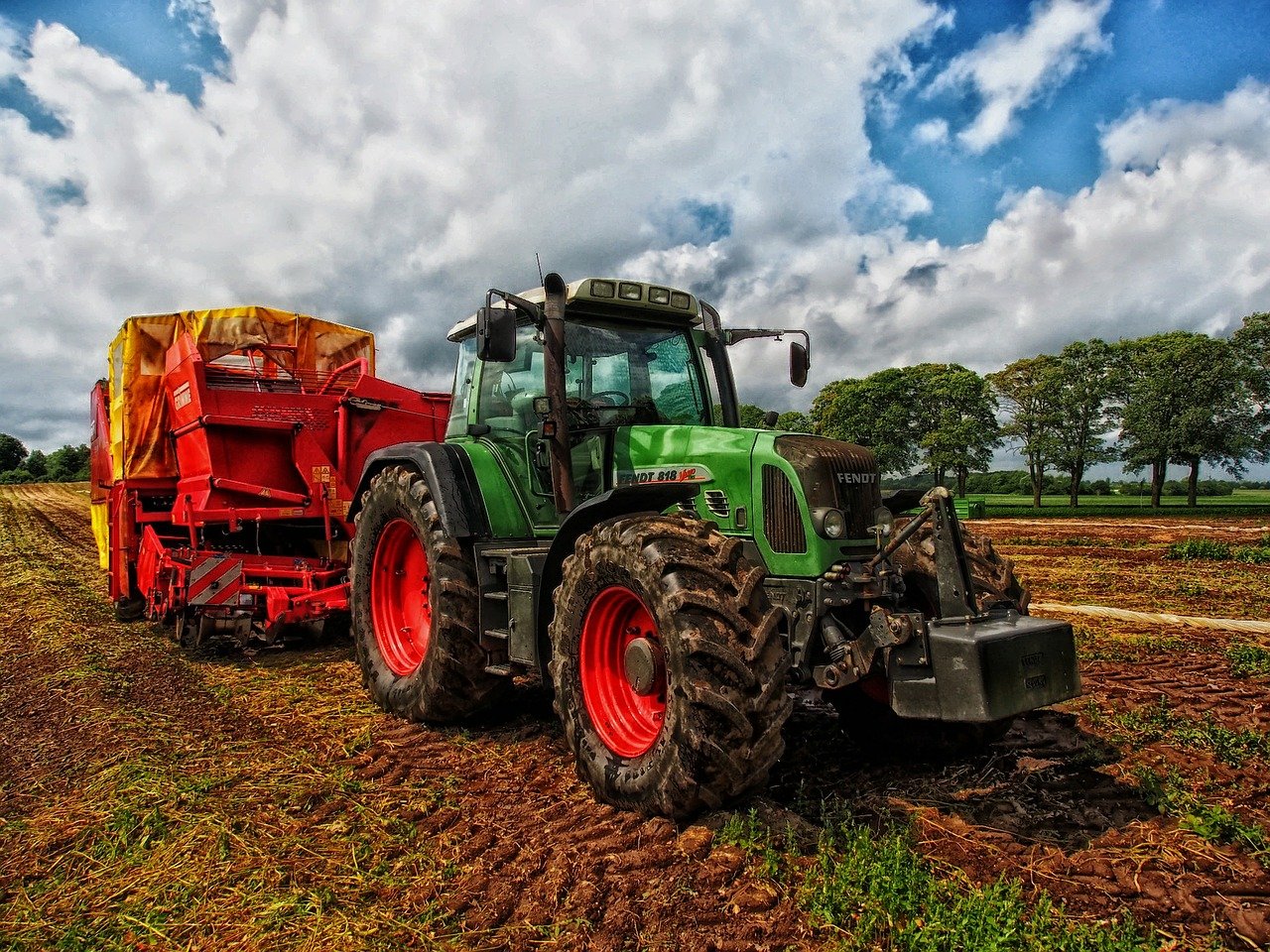China is the world-leading producer of staple foods like rice and wheat. In order to feed its own large population, China not only produces rice and wheat in very large amount but also appears at the top in the production of corn (second) and vegetables such as onions and cabbage. Despite China being arid and mountainous, the southern and eastern regions have rich, productive soil for farming. Although China is the leading producer of various food items, it also stands at the top in terms of food importing country because it has over 1.7 billion people. Even though China is a top food producer, China is still unable to feed its entire population.
The United States also stands at the top of the world’s largest food producers. The United States is the largest producer of wheat, apples, corn, cotton, lettuce, wheat, cranberries, milk, beef, pork, chicken and soybeans . The production is spread across California, Nebraska, Texas, Iowa, and Illinois.
When it comes to livestock production, Denmark is regarded as the world’s top animal-based food producers. The main animal products produced in Denmark include pork, poultry, dairy, and beef. More than half of However, Denmark not just produces animal-based food, Denmark is also the largest producer of barley, sugar beets, rye, potatoes, wheat, turnips, and oats.
Despite being an industrial country, the Brazilian economy is also agriculture-oriented. It is the main producer of sugarcane. Sugarcane production in Brazil dates back to the ancient time of the European colony. Just about 30 of Brazilian land is used for food production. Brazalian climate is favorable for coffee, coconut, sugarcane, oranges, papaya, pineapples, corn, and soybeans.
The Netherlands is the home of diverse agricultural produce. It is involved in the cultivation of numerous plants as well as raising a wide range of livestock. Most of the Netherlands ’ land under cultivation is derived from reclamation known as polders. The Netherlands’ agricultural products include sugar, beet, barley, dairy, and pig.
Japan is also an industrial country, however, the contribution of agriculture in GDP is very high. Japanese food production mainly consists of farming and fishing. Most of Japanese agriculture is mechanized with rice being the primary crop. The mild and humid climate favors the production of rice. Besides rice, wheat, soybeans, barley, a variety of fruits and vegetables are widely grown.
